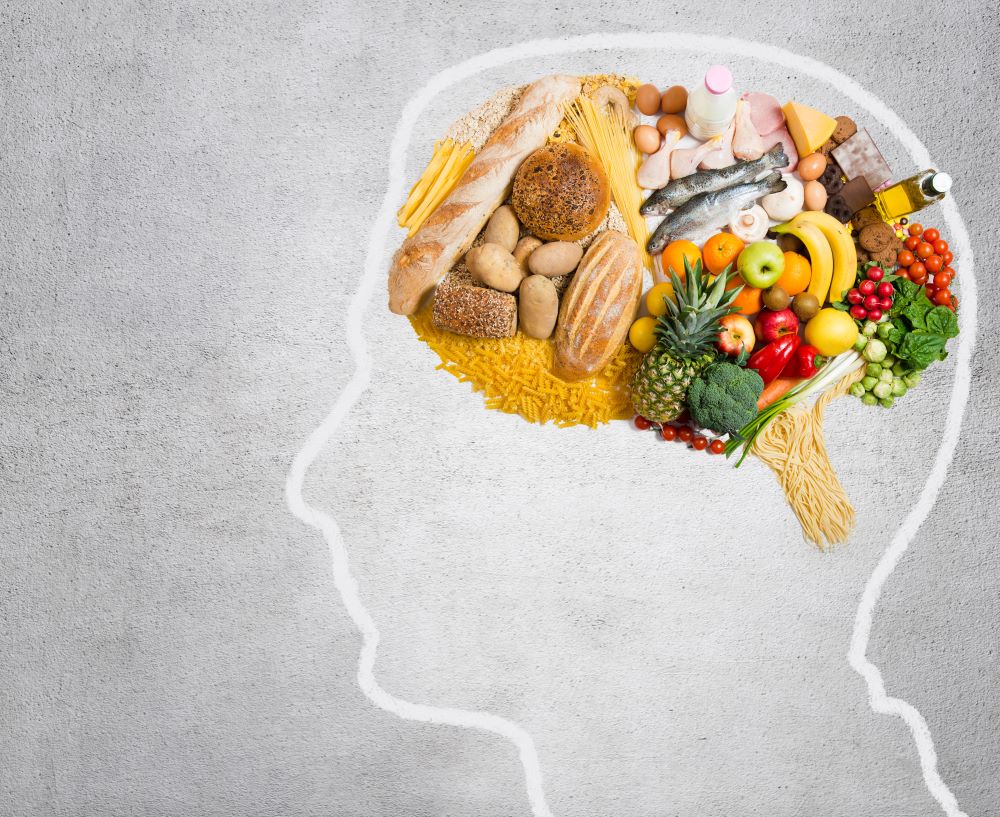Ancestral Carb-fueled Brain Growth
Posted by JOANNA C

No matter what diet is trending--whether it’s paleo or keto—brain health and big brains are in! With mineral deficiencies in the soil (we’re looking at you, magnesium), people cutting down on environmental costs for eating livestock, or the rise of plant-based food, we’re living in a brand-new era where food is regarded as medicine more and more.
Many people are turning back to how their ancestors ate in an effort to mitigate some of these factors and to incorporate more whole-food based nutrition into their plans. It’s clear that we understand things aren’t as they once used to be, and there’s a desire to eat like we once did in the past. We understand the why behind eating food akin to our ancestors, but do we really know what they ate?
New research has uncovered clues from our (very) distant ancestors: a Neanderthal who lived 100,000 years ago left clues in the teeth that are turning what we thought we knew on its head.
In this case, it’s a good thing that our distant ancestors didn’t floss because the fossilized plaque lead to the identification of bacteria present in those remains. This snapshot is a picture of the bacterial ecosystem, if you will, called the oral microbiome. We have an intestinal microbiome as well. Just as the intestinal microbiome is influenced by what foods we eat which fuel or restrict the growth of certain bacteria, the oral microbiome gives huge insight into the composition of someone’s diet.
These ancient remains were compared to fossilized plaque found in modern humans and then cross-referenced to other hominid relatives, such as primates. Using the DNA fragments of the bacteria, scientists were able to build genome sequences, and the study found strains of the Streptococcus bacteria which has a particular affinity for starch.
Starch that’s found in carbohydrates, like potatoes, tubers, nuts, and seeds feed the Streptococcus bacteria because they feed on the enzymes which break down the starches present in saliva. These types of starch lovers were found only in Neanderthal remains and the ancient remains of modern humans; but none were found in the primate relatives.
In fact, the oral microbiome of today’s living humans and the Neanderthals of the distant past are almost completely identical! For these distant beings to eat starch, the bacteria had to adapt, but this occurred much, much earlier than previously believed. With a diet richer in starch and therefore higher in carbohydrates and glucose (the brain’s preferred unit of energy), it’s now believed that this actually fueled the change in brain size leading to the evolutionary changes that literally shaped us today.
Further Reading
James A. Fellows Yates, Irina M. Velsko, Franziska Aron, et al. The evolution and changing ecology of the African hominid oral microbiome. Proceedings of the National Academy of Sciences, 2021; 118 (20): e2021655118 DOI: 10.1073/pnas.2021655118

